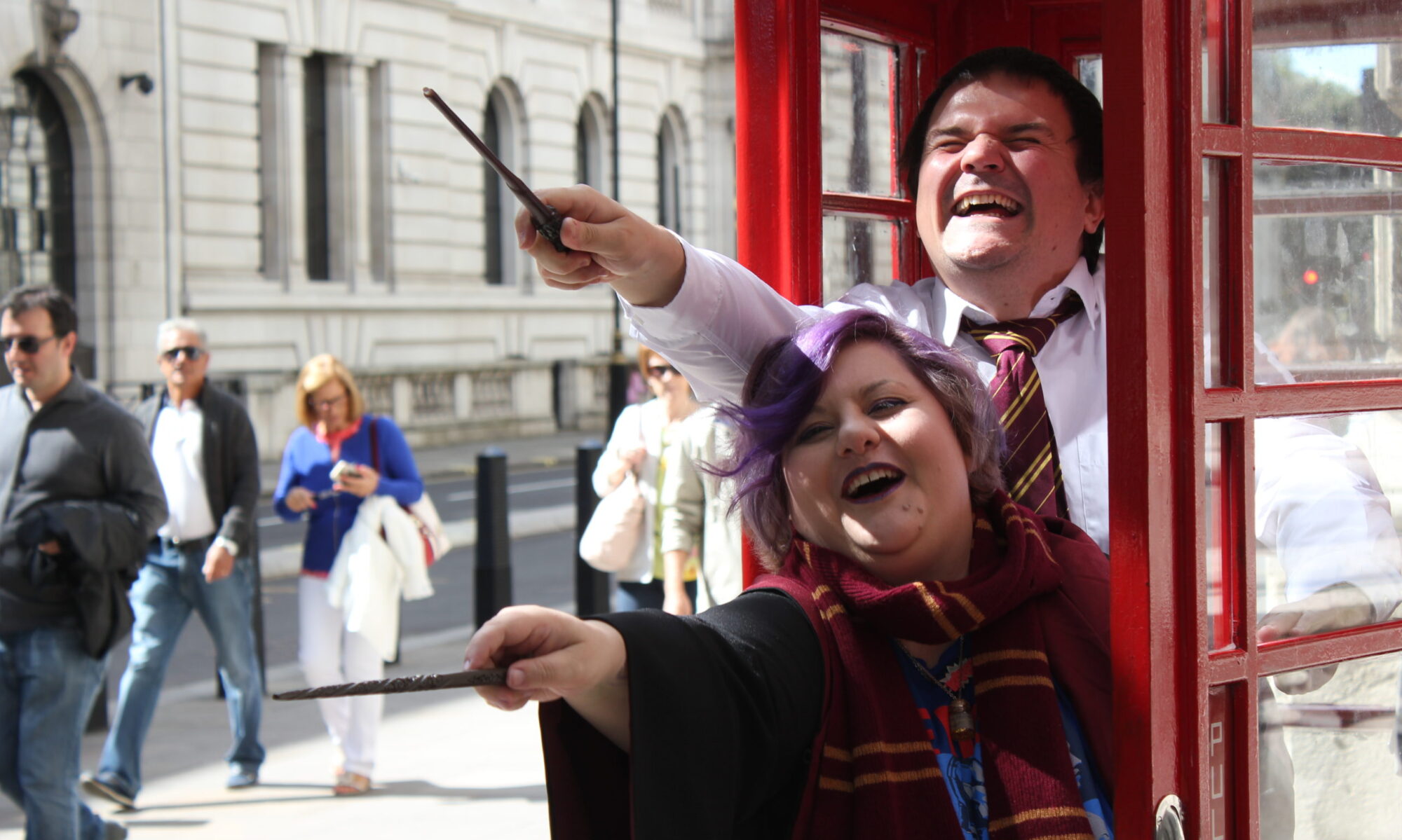April 13th 2023, will mark the 70th anniversary of the publication of the first James Bond novel Casino Royale in 1953. James Bond will be 70. So to mark the anniversary, here are some facts relating to the creator of James Bond, Ian Fleming. As it’s the 70th anniversary, and Commander Bond turns 70 I wanted to come up with 70 facts, but I was ordered to never say 70 again. So we’ve whittled it down to our favourite 10.
1 – Cigarettes
Ian Fleming was a prolific smoker who smoked 60 cigarettes a day and when he was gambling up to 70. He liked to greedily suck the smoke through a long ebony cigarette holder. During the Second World War, one of Fleming’s colleagues in the Admiralty complained that Fleming had a constantly runny nose from the very strong cigarettes he was smoking. When in London, Flemming would buy his cigarettes from a tobacconist called Morland and Co based at 83 Grosvenor Street. They were handmade especially for him, with no filter and triple gold bands as a decoration, which mirrored the three bands on Fleming’s uniform during the war when he served as a naval commander.
When James Bond became a popular character, Morland and Co made a deal with Ian Fleming to make a James Bond Special cigarette with gold bands. They were sold in blue boxes of fifty or one hundred. Two versions of the cigarettes were made, one with the name James Bond on each cigarette and one without. Each box came with matches advertising the cigarettes.
2 – Turner’s House
One of the houses that Ian Fleming lived in had once belonged to the painter JMW Turner. Fleming’s father, Valentine, had been killed by shellfire during the First World War. In 1923 Fleming’s mother, Eve, bought three adjoining workers’ cottages and turned them into one home. With a striking lack of originality, Eve called her new home Turner’s House as the famous painter had lived there for the last eighteen years of his life and had died there in 1851.
3 – Ian Fleming’s Little Sister
It’s widely known that Ian Fleming had three brothers. His older brother Peter and younger brothers Richard and Michael. But Fleming also had a sister who was born when he was 17. Fleming’s mother, Eve, had a relationship with the famous painter Augustus John. After accompanying John to Berlin in the spring of 1925, she returned to London pregnant. Eve was an unmarried widower and wanted to avoid scandal. She told all her staff that they would have to find another job and then disappeared for the rest of the year. She returned in December with a baby girl called Amaryllis, whom she claimed she had adopted. Amaryllis believed she had been adopted until her early twenties when she finally learned Eve was her birth mother and Augustus John was her father. Amaryllis became a very successful cello player and teacher, and the Royal College of Music concert hall is named after her.
4 – Ian Fleming, The Tart, And The 43 Club
Ian Fleming was educated at Eton and went on to become a cadet at The Royal Military Academy at Sandhurst, where he would train for eighteen months to become an officer in the British Army. While there, one of his tutors said Fleming would become a good soldier “provided that the ladies don’t ruin him”. Whilst training at Sandhurst, Fleming had a relationship with a young woman called Peggy Bernhard. Peggy had a longstanding arrangement to go to a ball with another young man. Fleming was very jealous of this arrangement and threatened to go to London to “find myself a tart”. When Peggy went to the ball with the other man, Fleming carried out his threat. Fleming headed to the notorious 43 Club, a nightclub at 43 Gerrard Street in Soho. He had sex with a hostess in a back room of the club and a few days later was diagnosed with gonorrhoea. As Fleming couldn’t afford the treatment, he was forced to tell his mother, Eve, who was enraged. He was booked into a clinic for treatment, his relationship with Peggy was over, his mother pulled him out of Sandhurst, and he never completed his officer training.
5 – Ian Fleming’s Wembley Motorcycle Trip
Ian Fleming was lifelong friends with Ivar Bryce. They had met on a beach when they were both children, went to Eton, and were friends for the rest of their lives. At Eton in the early 1920s, Bryce bought a motorbike. On a school holiday, Bryce and Fleming broke school rules and rode the motorbike to Wembley to see the British Empire Exhibition. On the way back to Eton, the pair were overtaken on the road and seen by a very unpopular and severe Eton master, who the boys called “Satan” Ford. They feared they would be expelled. Ford was the German teacher, and the next time Fleming had to show him a composition, Ford gave him a pointed look and said, “Very good, Fleming. You must have put in some work during the holiday.”
6 – The Mercury Network
After serving in naval intelligence during World War 2, Fleming worked as the foreign manager of the Kemsley newspaper group. He worked at The Sunday Times offices at 200 Gray’s Inn Road. On his office wall was an expensive map of the world with flashing lights, each representing a correspondent of the Kemsley Imperial and Foreign Service, also known as Mercury. Fleming was well aware that a number of the correspondents for the newspaper group were either being used by MI6 to gather information for Britain’s foreign intelligence service or that some correspondents were actually MI6 agents undercover as correspondents.
7 – A Strange Question At The Ivy
The Ivy is a famous restaurant on West Street which was, and is, popular with actors and celebrities. It was there on May 12th 1952, that Ian Fleming had lunch with a good friend of his called William Plomer, who was an author and poet. During the lunch, Fleming asked Plomer, “William, how do you get cigarette smoke out of a woman once you’ve got it in?” Plomer thought it was a sexual question and was confused why his friend Ian would ask him as Plomer was gay. Fleming said that he didn’t want to use a word like “exhales” and that “puffs it out” sounded silly. It was then that Plomer realised his friend had written a book. This book was Casino Royale which was to become the first of the James Bond novels. Plomer wanted to see the manuscript, but Fleming was reluctant. Two months later, Fleming finally relented, and Plomer read Casino Royale. He loved it and was instrumental in getting the novel published by Jonathan Cape the following year.
8 – Warwick House
On the east side of Green Park is Warwick House which after World War 2 was the home of Esmond Harmsworth, also known as Lord Rothermere and his wife, Ann. Ann had an affair with Ian Fleming for many years, and he would visit Ann at Warwick House when her husband was away. In 1948 Ann gave birth to a baby girl. Her husband thought the child was his, but Ian Fleming was the father. Tragically, the child Mary died after a few hours. All three parents were devastated. Eventually, Ann and Esmond divorced, Ann married Ian Fleming, and they had a son called Caspar.
9 – Books
Ian Fleming loved books. He owned a great many of them and was a voracious reader. In 1929 at the age of 21, Fleming was walking down Bond street when he entered a bookshop called Dulau. Inside he met the manager, who was called Percy Muir. Muir was fourteen years older than Fleming, a cockney, self-educated and very left-wing. Although being very different, the pair hit it off, and that meeting was the beginning of a lifelong friendship. Muir was a bibliophile, and he helped Fleming become a serious collector of books. After Fleming’s death, his widow Ann sold his huge library of books to the University of Indiana and it was Muir who helped to pack the books for shipment.
10 – Russian Condoms
This final story is one of my favourite Ian Fleming stories. In 1939 before the outbreak of war, Fleming went to Moscow to cover a trade delegation as a special correspondent for The Times. He was almost certainly spying too. While in Moscow, he struck up a friendship with another journalist named Sefton Delmer. As they left Russia, they shared a compartment on the Warsaw Express. As they were approaching the Russian Border, Delmer was committing to memory notes that he had taken about Russia. He didn’t want them seized at the border, so after remembering them, he ripped them up and threw them out of the window. Ian laughed at Delmer, “Why don’t you swallow them? All the best spies do.” At the border, the Russian customs officers carefully searched Fleming’s luggage and found a box of Russian condoms. They were not for personal use. They were made of artificial latex, and Fleming thought that if he brought back a box, then they could be examined to determine the success of Soviet industrialisation. The condoms were taken out and examined very closely while Fleming was extremely embarrassed. Delmer got his own back and said, “You should have swallowed them.”
Want to learn more about Ian Fleming’s James Bond? Why not book our James Bond Walking Tour of London?

